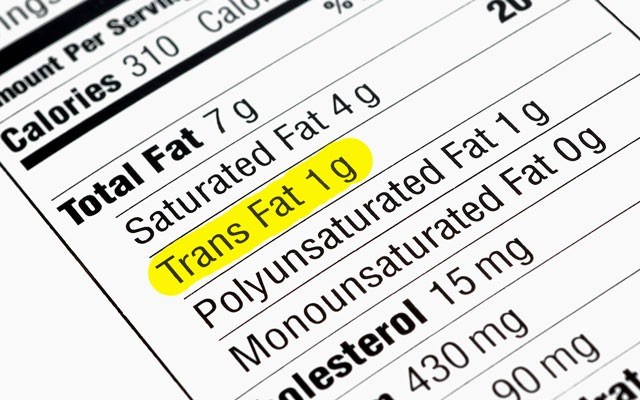Last month, the U.S. Food and Drug Administration (FDA) came to a conclusion that your average dietician could have relayed a long time ago: trans fats are bad. Really bad. After reviewing the science, the FDA came to the conclusion that artificial trans fats are not "generally recognized as safe" for human consumption, and vowed to phase them out of all processed foods by 2018.
A logical move, no doubt, and one that could prevent an estimated 20,000 heart attacks and 7,000 deaths from heart disease each year in a country where nearly a third of citizens are obese.
Trans fats occur naturally in certain foods like beef and lamb, although artificial trans fats are far more common. They are primarily found in partially hydrogenated oils typically used to increase the shelf life of things like margarine, frosting and pre-packaged baked goods.
As you have probably gathered, trans fats carry absolutely no nutritional value; They are said to be at least five times more harmful than saturated fats on a gram-to-gram basis.
So what has Canada done? Not enough, that's for sure.
Health advocacy groups like The Heart and Stroke Foundation have been calling for a complete ban on artificial trans fats for years, and while the feds have taken some steps in that direction, there's been no timeline on when a ban may happen.
In 2005, the feds created a multi-stakeholder task force to look at the issue. By 2007, it appeared Ottawa was ready to take action, with then-health minister Tony Clement vowing to bring in regulations if industry didn't eliminate or reduce trans fats to the lowest recommended levels within two years.
And while trans fat consumption has declined by 40 per cent nationally in the last decade, that has as much, if not more, to do with consumers' dietary habits as it does an industry-wide buy-in. Yes, many food companies have taken strides in cutting out trans fats, and B.C. led the charge several years ago by restricting artificial trans fats in all foods served within its borders, including at restaurants, schools and hospitals.
But by Health Canada's own data, 25 per cent of food products were found to contain significant trans fats after Clement's two-year deadline came and went in 2009.
With any luck, the FDA's example will kick Ottawa into high gear. There were glimmers of hope following the U.S. ban when current health minister Rona Ambrose said discussions are ongoing with the food industry on a possible ban. Not surprisingly, no timetable was given.
Ambrose did, however, take the chance to tout Canada as one of the first countries to require food manufacturers to include trans fat levels on their labels. But even that has garnered criticism from health groups, as any food with less than half a gram of trans fat per serving can be listed as having no trans fats at all.




